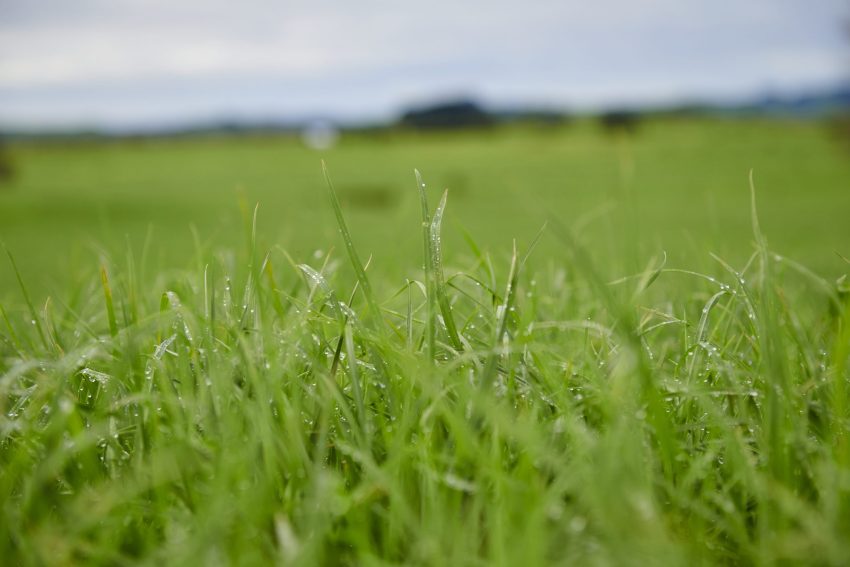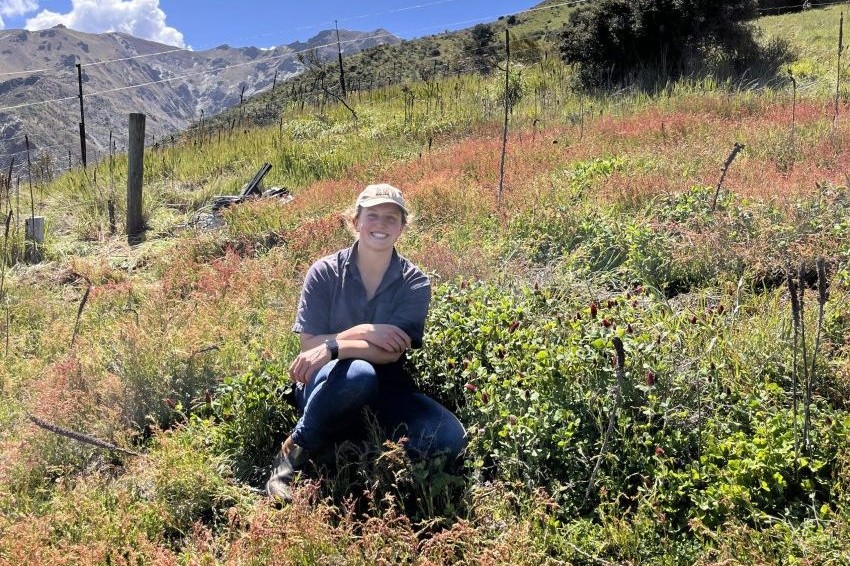A Canterbury fertiliser trial that started in 1952 has provided researchers with a test bed for a wide range of studies. Tony Leggett reports.
A long-term fertiliser trial at the former AgResearch Winchmore property in Canterbury is providing a goldmine of results and ongoing research opportunities.
The trial was started on the irrigated property in 1952 and has become a test bed for many researchers over a wide range of studies, including investigation into soil carbon status, nutrient cycling, organic matter loss, cadmium and fluorine residue research. Software such as Overseer and Farmax was also developed and validated using data generated from the trial.
Following the sale of the property in 2019, AgResearch and the trial’s long-term funder, the Fertiliser Research Association, negotiated a 33-year lease for the trial site with the new owners.
Treatments applied since the start are 0, 188, 250 and 375kg/ha of single superphosphate. Since 1980, a reactive rock phosphate (RPR) and elemental sulphur treatment has been applied annually at a phosphorus (P) rate equal to the 250kg/ha of superphosphate treatment.
Fertiliser is applied in late winter or early spring each year and data is collected on pasture production using movable cages that are cut between six and eight times, as well as soil pH and pasture composition. Until recently, the site was irrigated using a border-dyke system, but this was replaced in 2018 with spray irrigation delivered via a centre pivot irrigator.
The trial is based on 0.09ha plots, replicated four times and grazed by separate mobs of sheep that rotate between the four replicates of each treatment during the September to May growing season.
The superphosphate treatments are all applied using a seed drill with the down tubes removed. It is calibrated to put on less than required for each treatment to avoid over-fertilising, and the balance is spread by hand. The RPR product and sulphur, sieved through a 2mm screen first, is spread entirely by hand.
The latest results from the 2019-2020 growing season from September to May were published last December and showed a marked drop in total pasture grown for the fertilised plots, which overall averaged only 10.0t/ha of drymatter, 20% less than the long-term average. The no-P treatment produced 5.1t/ha, just under the long-term average of 5.4t/ha. See Figure 1 for the results for the past decade.
Olsen P levels on the fertilised plots have steadily increased over the past 30 years. Not surprisingly, the Olsen P levels are highest in the plots that receive 375kg/ha of superphosphate.
The report also contains an analysis of the relationship between Olsen P level and pasture production (see Figure 2) which shows no increase in yield of drymatter after reaching an Olsen P level of about 20.
For the 2019-20 season, the RPR applied in the trial was a product called Direct Application RPR, referred to as DAPR, supplied by Ravensdown and applied at a rate of 22.9kg/ha P (to match the 250kg/ha superphosphate treatment).
The DAPR is believed to be a blend of RPR from the massive Sechura deposit and Boucraa non-RPR phosphate rock from the occupied Western Sahara territory. The Boucraa is added to the Sechura RPR to drop the average cadmium levels to within accepted limits.
The use of this blend concerns RPR advocate, Kiwi Fertiliser owner Ron McLean, who says he would prefer to provide a ‘true’ RPR like the one his company sells. It is imported to NZ by Asura Limited from a privately owned mine adjacent to the much larger Sechura Desert deposit.
“It is extracted from an ancient marine deposit by hydraulic excavator and screened. It is a true RPR with a P content that ranges between 10.5% to 11.5%, a citric solubility of 44-46% and cadmium level lower than the 28ppm voluntary standard set for NZ,” he says.




